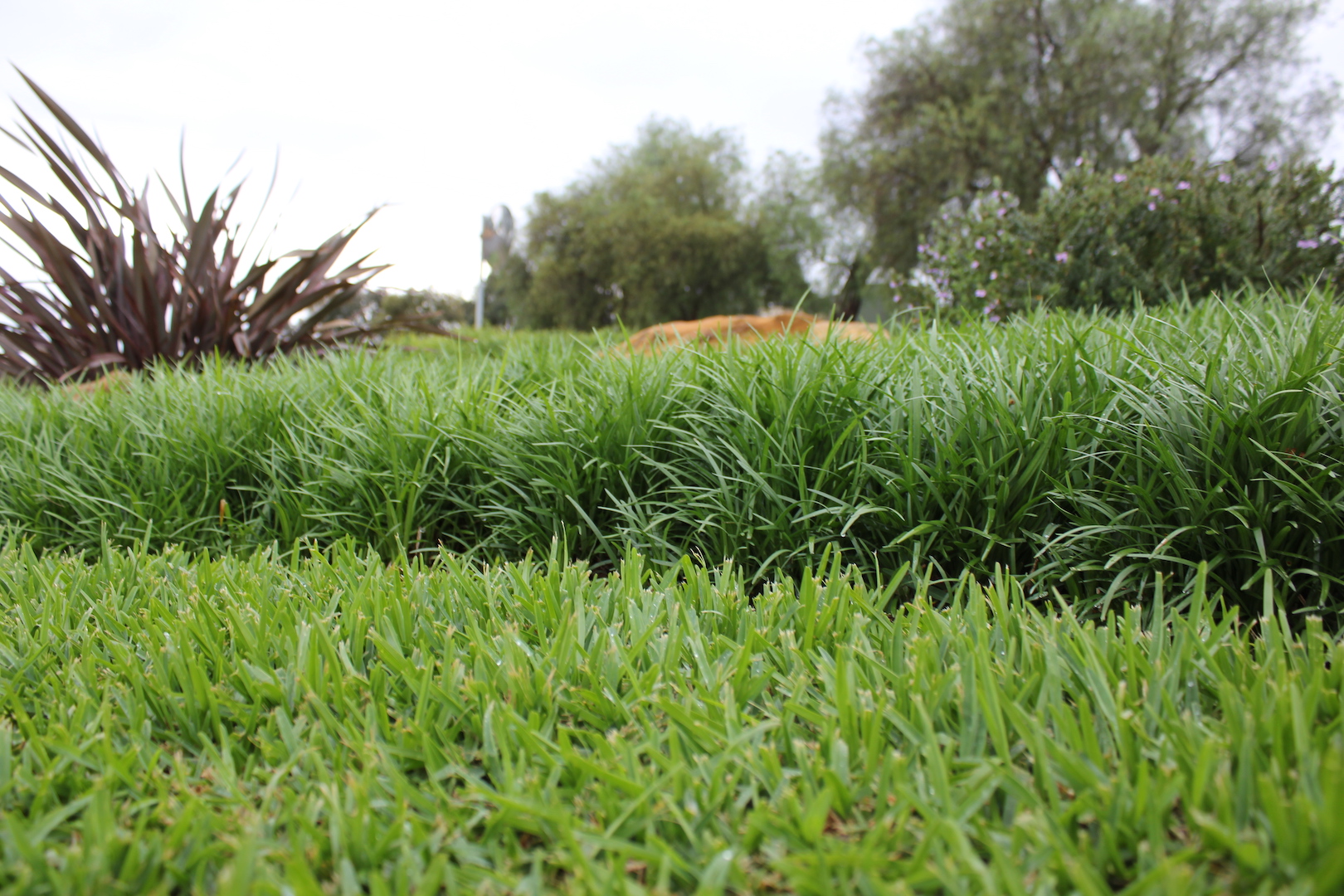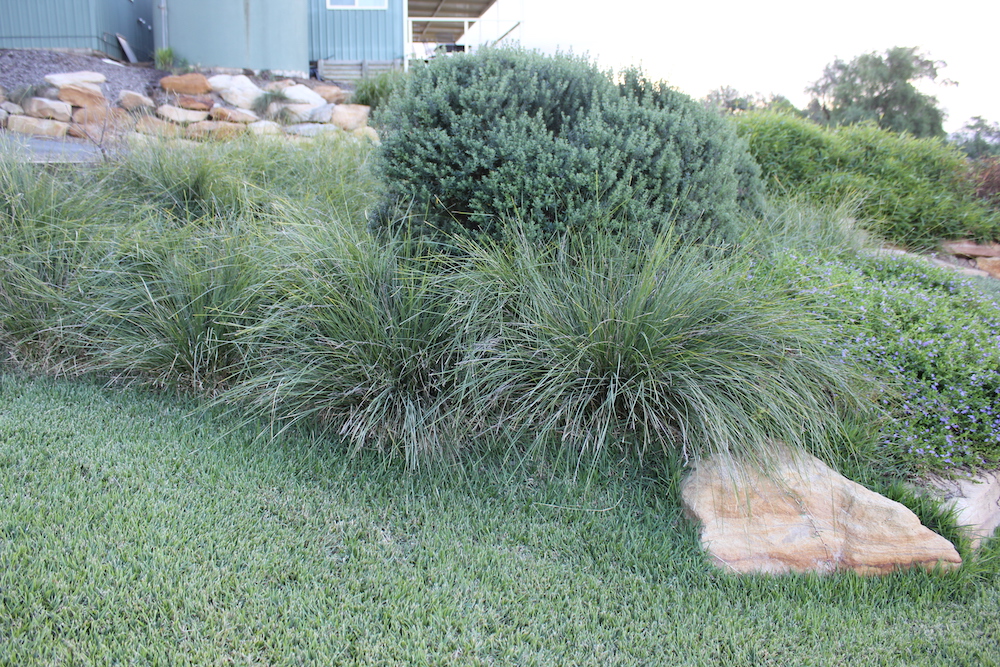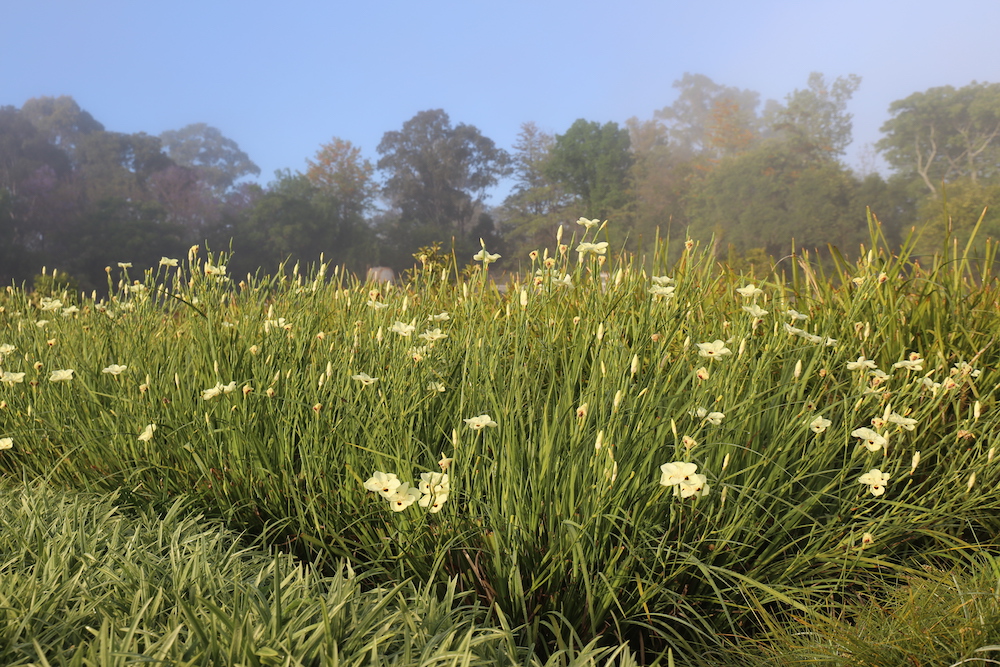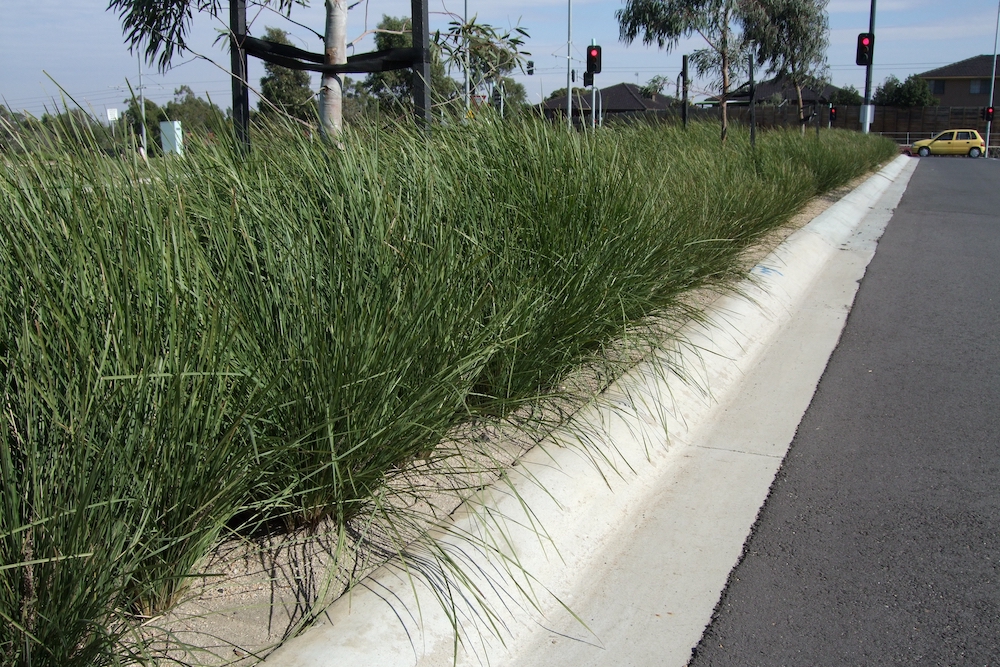Did you know that some of the plants we always thought were native to Australia are actually from Southern Africa?

Landscape Gardening Plants – How to Mass Plant for Large Gardens
For very large gardens, mass planting with reliable landscaping plants can be the most effective way to achieve an attractive and easy care garden without requiring extensive gardening know how. Mass planting can also mean simplified maintenance, as all the plants will be happy with the same maintenance tasks.
Landscape garden plants are selected for their hardiness and attractiveness in addition to their ease of maintenance. They are usually shrubs, small trees or grasses. Mass planting is usually desired to give a neat uniform look over a large area and is desired to be long lived.
Short lived annuals or perennials are best avoided due to the need for frequent replacement. Mass plantings of annual or perennials can be very effective but is considered to be high maintenance so is rarely done in large domestic gardeners unless the owner is a very keen gardener.
Mass plantings happen as one major landscaping project rather than adding a plant here and there to a garden. As with any project good planning will greatly contribute to the success of the project.
Because mass planting is the repeated planting of many of the same plant or plants, if problems arise, it is likely to affect the entire planting. In a small garden the loss of one plant variety may not significantly impact the entire garden however in a mass planting the entire garden could thrive or fail based on the success of the plant choices.

Once you have decided on the style of garden, ensure you match your plant selection to your climate, soil type and other local conditions. Plants will always perform better when grown under conditions which suit their needs.
Poor plant suitability will mean that the entire planting will struggle, but with good suitability you will have a thriving and low maintenance large garden which looks amazing.
In addition to climate and soil type, consider factors such as slope and the potential for erosion; access to water and ease of watering the new planting; is the area likely to be affected by floods or bush fires; is the planting likely to be impacted by grazing animals such as stock, kangaroos or rabbits; does the proximity of nearby trees affect the amount of sunlight or water availability and will this change over the next 5 years.
All of these potential problems can be overcome with good plant selection and good set up.
Soil improvement is best done before planting begins. It can be difficult to add large amounts of compost or other soil additives once planting has occurred.
Take the time to understand your soil and make improvements as required in advance of planting. You can find more information about soil types and how to improve them here.

If your site is steep or erosion prone, you may need to look at using erosion control measures to prevent the new plantings from washing away before their roots can be established.
Lomandras are amongst the most successful plants for stabilising erosion prone soils, with dense deep roots which hold soil in place.
They are ideally suited to mass plantings and with the large range of lomandras varieties available they can be selected to give a variety of different affects and to suit different climates in addition to coping with other factors such as flooding, bush fires, drought and grazing pressures.
Steep sites may need additional assistance to assist small plants to become established. Coir mesh is idea for erosion control, and will also deter pests which scratch and dig such as scrub turkeys and bandicoots.
It will break down over a period of 3- 5 years providing critical protection as the plants establish.

New plantings will need to be watered regularly as they establish. Ideally, mass plantings are reasonably drought tolerant and will not need extensive watering once established.
Hand-held watering is rarely effective in large gardens, so a sprinkler system will be required. This may not need to be permanent, but you will need to check with your local water restrictions before putting in a sprinkler system.




This Post Has 0 Comments